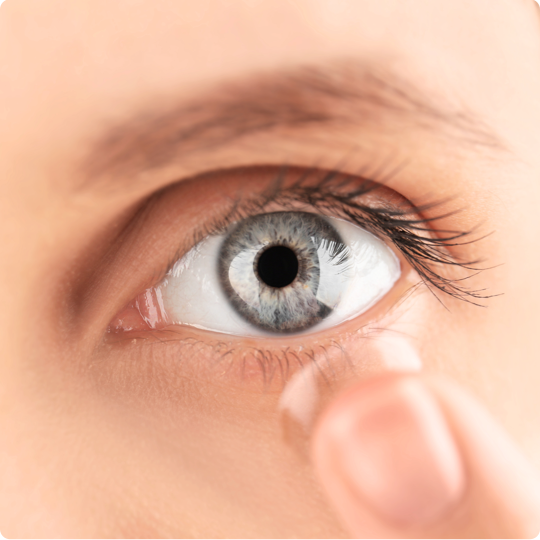Aligning Your Child’s Eyes Through Vision Therapy
Eye alignment issues can have physical, academic, and social ramifications for children and adults alike. As an optometrist, educator, and lecturer, and residency-trained in binocular vision, Dr. Tanya Polonenko is well-equipped to determine the source of an eye alignment issue, and develop an appropriate course of treatment to strengthen and train the visual system.












